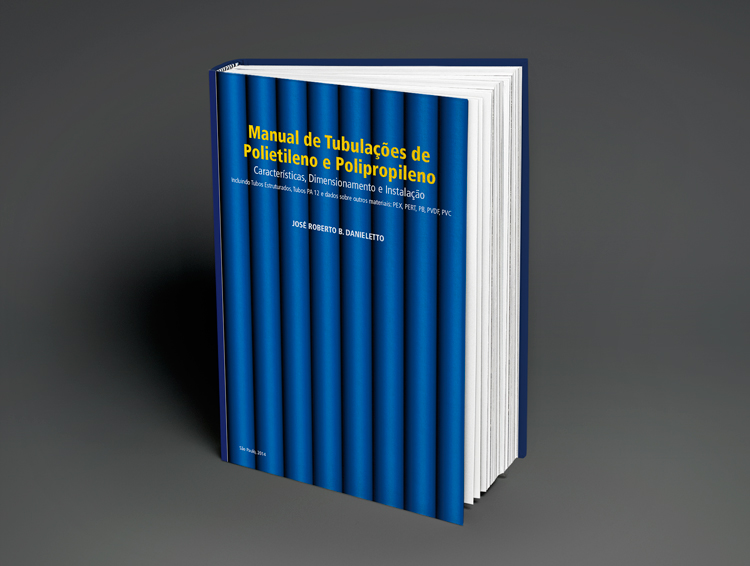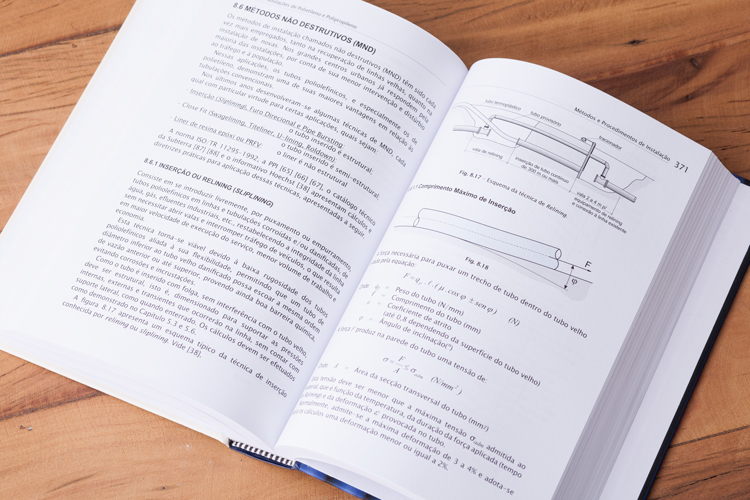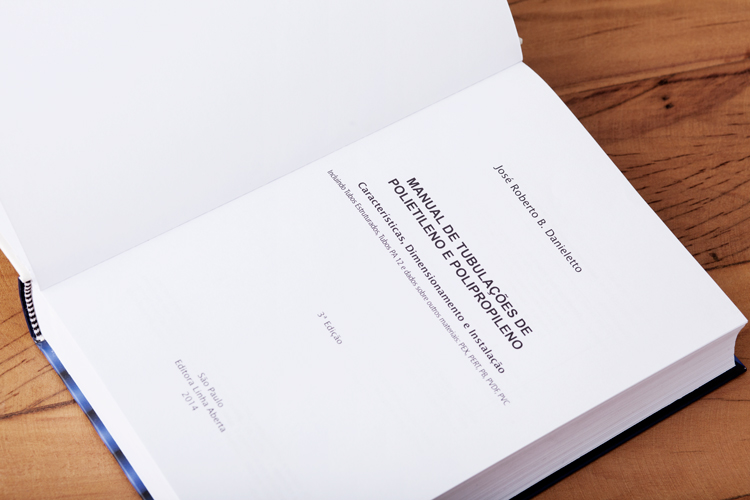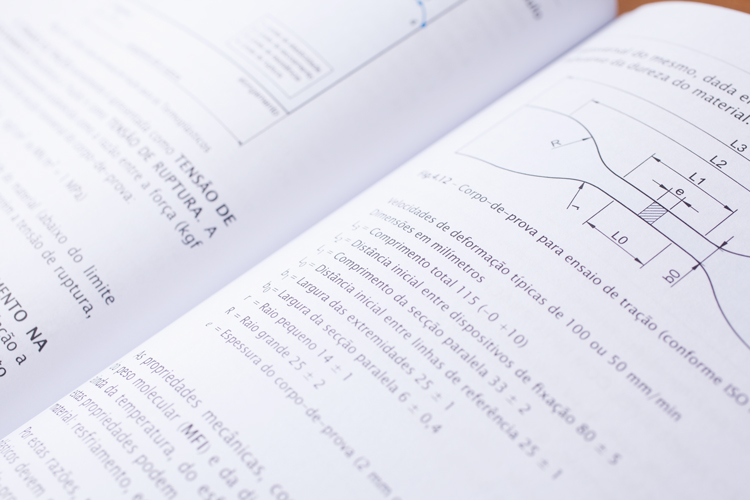Handbook of Polyethylene
The Book
Handbook of Polyethylene and Polypropylene Piping


The third edition of “Handbook of Polyethylene and Polypropylene Piping – Characteristics, Design and Installation”, sponsored by the companies Agru, Armco-Staco, Braskem, Evonik, FGS Brasil, Georg Fischer, Kanaflex, Poly Easy, Tecnofusion and Tigre-ADS, aims to introduce the piping of polyethylene and polypropylene since its characteristics, specifications and technical standards, hydraulic, mechanical and thermal design, quality control requirements, methods and procedures of joining and repair, procedures of outdoor, underground, conventional and trenchless installations, including new piping materials, like polybutylene (PB), PEX, PERT, PVDF, PA 12, PVC and multilayer pipes.
The handbook applies to all the production chain, installers, and end users: producers of raw materials, pipes, fittings, welding machines and installation tools, engineers and technicians, purchasers, quality control and inspectors, designers, pipe welders and installers, as well to engineering students.
The handbook aims to supply to the reader enough data and informations for specifications, projects and piping design, quality control of the components and the installation in its several applications and it is divided into 13 chapters, being one of them exclusively dedicated to the Structured big pipes, and another to the Polyamide 12 (PA 12), besides four annexes containing Simbology and Measuring Units, Tables of Properties and Graphs – Tables of Chemical Resistance; Useful Formulas and other data and International Technical Standards list.
- Chapter 1: Introduction
- Chapter 2: Characteristics and properties of the plastics in general
- Chapter 3: Basic characteristics of the polyethylene (PE) and polypropylene (PP)
- Chapter 4: Characteristics and properties of those materials, their influence on the products properties, test methods e measuring, the more suitable materials for pipes and fittings and their classifications.
- Chapter 5: Hydraulic and mechanical Design, dimensions, technical standards, underground pipeline analysis, hydraulic surges, outdoor pipelines, underwater installation, gas pipes, transportation of solids, heating exchange and calculations of thermal insulation.
- Chapter 6: Mechanical and weldable (butt fusion and electrofusion) fittings e welding procedures, with the applicable technical standards
- Chapter 7: Handling and Installation
- Chapter 8: Procedures of underground, outdoor and underwater installations and trenchless methods and tests of pipeline tightness.
- Chapter 9: Procedures of repair and suitable fittings
- Chapter 10: Manufacturing and quality control of pipes, fittings and installations: including qualification procedures of welds, labor of installation and welding
- Chapter 11: Structured pipes: its deals about corrugated pipes and other structured pipe types aimed to sewerage and drainage pipelines in general, designing and specifications
- Chapter 12: Application fields and material choice to each application: water mains and distribution pipelines, house connections, gas pipelines, hot water, sewerage, drainage, electrical and, telecomm conduit, irrigation, compressed air, fire pipelines, etc
- Chapter 13: Other materials: Crosslinking polyethylene (PEX), Polybutylene (PB), PVDF, Ultra High Molecular Weigh Polyethylene, LLDPE, Polyamide 11 (PA 11) and 12 (PA 12), PVC and CPVC.
The Author

José Roberto Bertoncello Danieletto, electronic engineer by Escola de Engenharia Maua, with 35 years of experience on polyolefin piping, author of “Handbook of Polyethylene and Polypropylene Piping – Characteristics, Design and Installation”, in its third edition, and with an electronic version soon available.
José Roberto Bertoncello Danieletto, besides his industrial activities, is coordinator of the committee of standardization of the Brasilian Association of Polyolefin Pipes (ABPE) and of the subcommittee of the polyolefin piping of the Sanitation Committee of the Brasilian Association of Standardization (ABNT), and its representative on the International Organization for Standardization ISO/TC 138, subcommittees SC1: Plastics pipes and fittings for soil, waste and drainage (including land drainage) e SC 2: Plastics pipes and fittings for water supplies.
The author has ministered classes, trainings and lectures about polyolefin piping, aimed to engineers, installers, designers, buyers, inspectors and welders, besides consultant services and technical assistance in projects and products specifications, design of polyolefin pipelines, quality control of pipes, fittings and inspection of piping welding and installations.
How to buy
To acquire the book, please contact us through the contact form bellow.





 English
English Português
Português